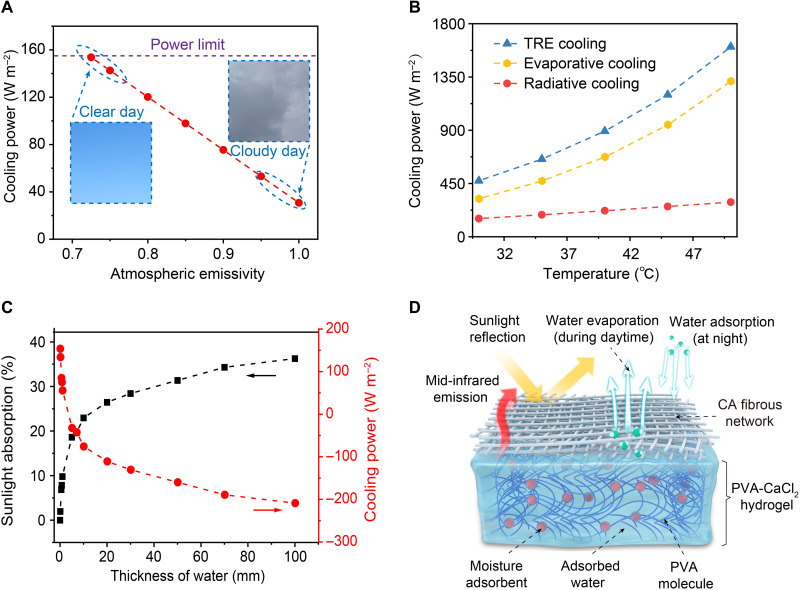Fig. 1. Comparisons of traditional radiative cooling, evaporative cooling, and the TRE cooling.
(A) Radiative cooling power (at 30°C) as a function of atmospheric emissivity. The cooling power has a theoretical limit and seriously depends on the atmospheric emissivity, which unavoidably increases with cloud cover and humidity. (B) Theoretical cooling power of the TRE cooling, evaporative cooling (from pure water), and radiative cooling. (C) Water absorption for sunlight and consequential decline in radiative cooling power (at 30°C). A thin layer of water (several millimeters) will result in a complete disappearance of hard-won radiative cooling power. (D) Schematic of the TRE cooling design that consists of the cellulose acetate (CA) fibrous network and poly(vinyl alcohol) (PVA)–CaCl2 hydrogel materials. The CA fibrous network reflects sunlight and radiates energy out. The PVA-CaCl2 hydrogel captures moisture from the ambient during the night and stores the liquefied water for daytime evaporative cooling. Photo credit of (A): N.X., Nanjing University.

